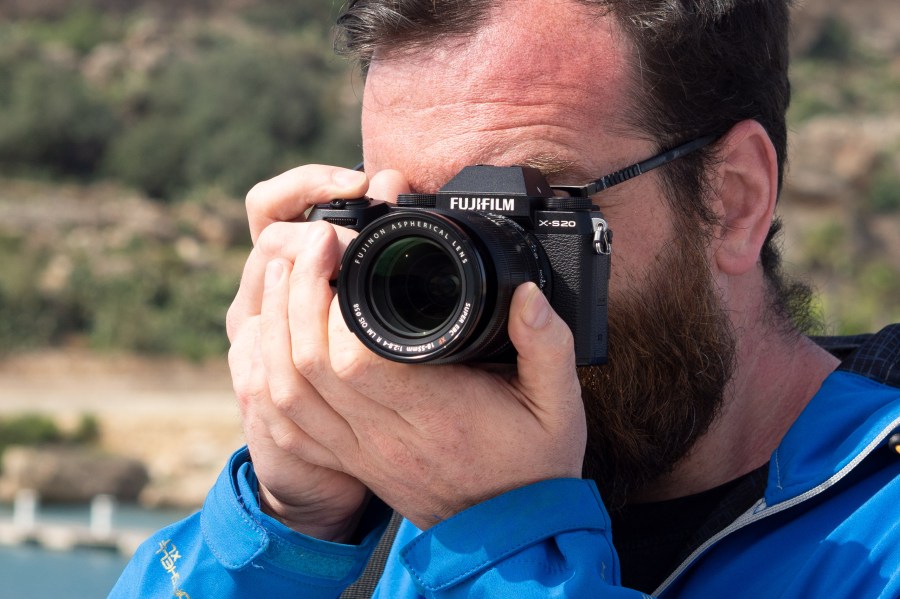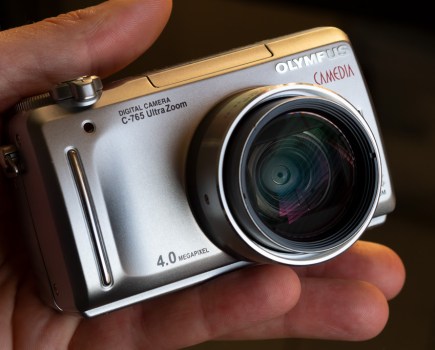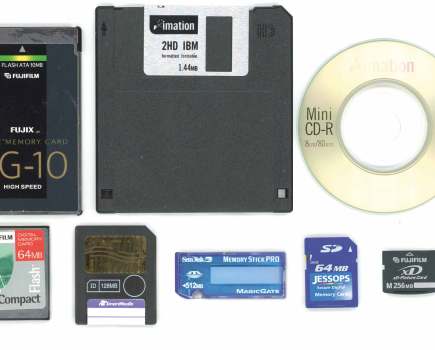In our guide to camera types, we’re going back to basics. If choosing your first camera, it can be difficult to know where to start, as the options vary wildly. It’s easy to feel inundated with specs like sensor sizes, frames per second, megapixels and more, and for most people there is a more fundamental question to answer first: what type of camera do I need?
The answer will be slightly different for everyone, so we’ve included all the main types of camera in this guide. At AP, we review all types and level of camera, from the top-flight professional models to the smaller and cheaper cameras pitched at beginners. Whenever we test a camera, we assess the type of user it’s aimed at to evaluate whether the manufacturer has succeeded in catering to that person. We have thus accumulated a thorough and accurate understanding of the contemporary camera market, including which types of camera are on offer and how they relate to one another.
In this guide, we take you through them all. This is a basic guide designed for newbies, so we’ve linked to our more advanced guides throughout so you can follow up on areas of interest. For specific camera model recommendations, you can also checkout our guide to the best cameras for photography. For now, let’s take the first step to improving your photography as we count off the different camera types available.
Beginner’s guide to camera types
To start with let’s look at the main types of camera. We’re going to be dealing with the four main types of camera people use for photography and videography – mirrorless cameras, DSLRs, compact cameras and action cameras. In this section, we’ll run through each of these types to give you an idea of their key attributes, as well as the strengths and weaknesses of each.
Fixed-lens cameras
Some cameras come as essentially a complete package, with a pre-attached lens that can’t be changed. While this might sound limiting, in practice it can be just what you need, allowing for slim and pocketable camera bodies that do everything you need for a reasonable price. A fixed lens can also be useful for other reasons – for instance, waterproofing is much easier with fixed-lens cameras as a lens mount can be a point of water ingress.
This section is divided into compact cameras and action cameras. Compact cameras come in many different form factors, with different sensor sizes and lens types, while action cameras tend to be more uniform in appearance, with the key differences lying in how they operate.
Compact cameras
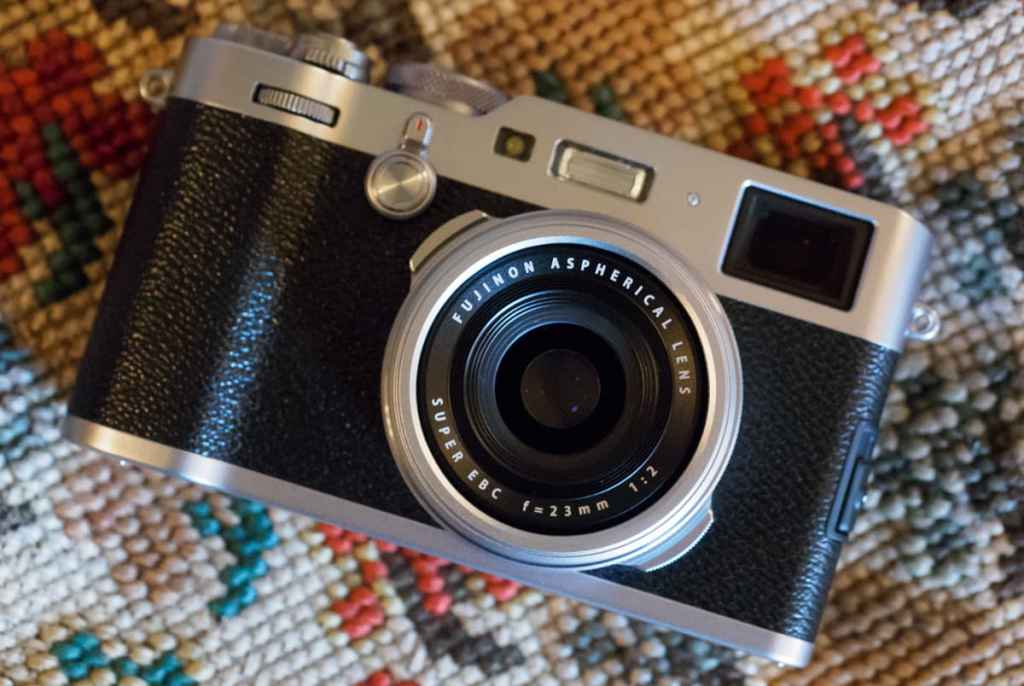
The compact camera was once the most common type of camera. However, as smartphones have for the most part replaced them as the convenient camera of choice, compacts are much less common now. There are only a small number of new models available, and many of them are now expensive, and much more high-end than they used to be.
Many are available second-hand, but for the best learning experience, and control, it’s recommended you find a camera with full manual controls, so that you can control ISO, shutter, aperture, and other settings. Whilst some compact cameras do offer manual controls, the options may be limited, especially when compared to interchangeable lens cameras.
Top models include the Sony RX100 series, Fujifilm X100 series, and others. Look for a “serious compact” or “advanced compact” to ensure you get one with manual controls – see our guide to compact cameras.
Pros: Compact, fits in your pocket, waterproof models available
Cons: Most often feature a smaller sensor which gives lower quality images, unless you go for a camera with a 1inch sensor or APS-C sensor – these can be more expensive than mirrorless and DSLR cameras.
Side note: The “bridge camera” is technically also in the same category as a “compact camera” even though they aren’t very compact, and often offer exceptional zoom range. However, they also suffer from the same disadvantages as compact cameras, with the majority featuring a smaller sensor. The exceptions to this rule are the Sony RX10 series, and Panasonic FZ1000 series, both of which pair 1-inch sensors with superzoom lenses. However, these models can be quite expensive.
Action cameras
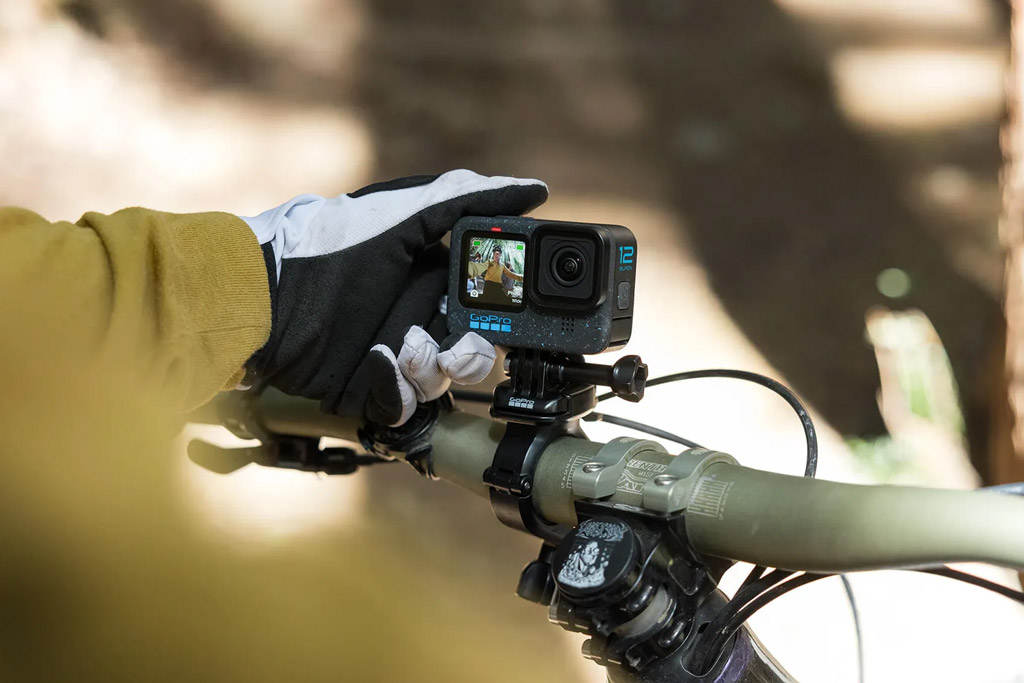
Action cameras are designed for just that – action. They’re built small and tough, often cuboid in shape, and are constructed to be waterproof, shockproof, dustproof – essentially everything-proof. This makes them great for extreme sports and other outdoor pursuits, providing POV footage of the kind you simply can’t get with regular cameras and smartphones. To that end, action cameras are designed to be mounted in all sorts of unusual ways, whether on a bike’s helmet, strapped to a skydiver’s chest etc.
A signature of action camera footage tends to be a wide perspective, as they are kitted out with wide-angle lenses to capture as much of the action as possible. More recent models also generally have optical stabilisation systems that compensate for camera movement, as this makes POV footage much more watchable, especially for fast-moving pursuits like mountain biking, windsurfing and things of that nature.
The market leader in action cameras is unquestionably GoPro, a name that has become synonymous with extreme-sports footage. However, there are plenty of interesting alternatives from other manufacturers, such as DJI’s Osmo Action series, or the range of cameras offered by Insta360. See our guide to the best action cameras for an overview of the top options.
Pros: Hardy and ready for anything, small/portable, effective stabilisation systems, excellent video quality, flexible mounting options.
Cons: Fixed wide-angle lens limits composition options, smaller sensor than other types of camera, small size can make them fiddly to use hand-held.
Interchangeable lens cameras
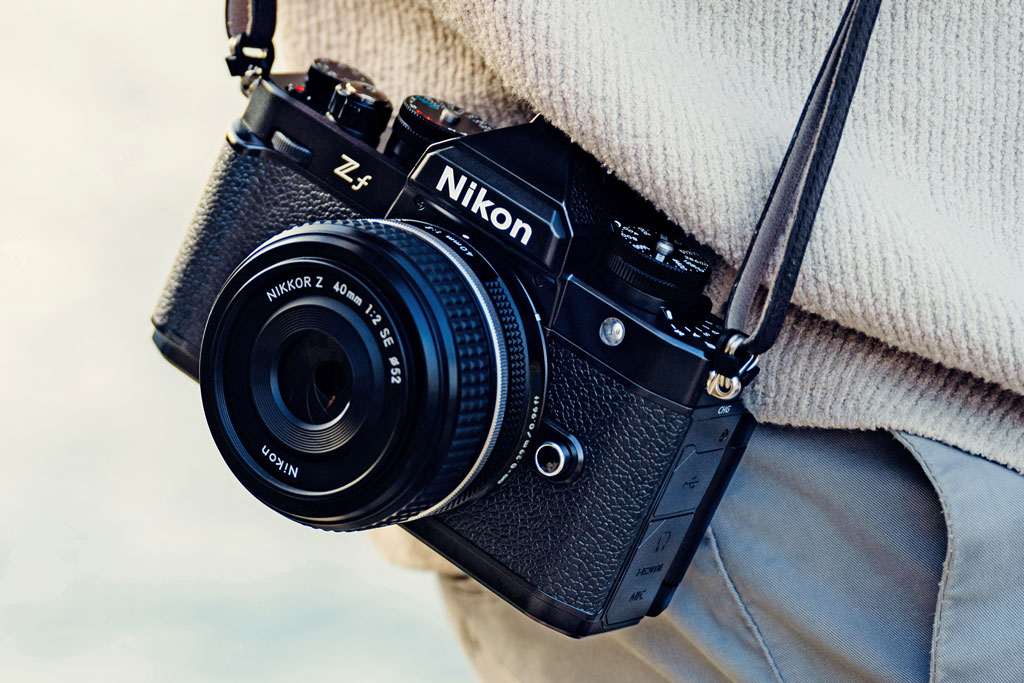
This section is divided into mirrorless cameras and DSLRs. The main things in common between these types of camera are: a larger sensor, manual controls, and the ability to change the lens. This gives you scope to specialise in certain areas; for example, you could buy a macro lens if you want to take close up photos, or a “bright” lens if you want better low-light shots.
An interchangeable lens camera is therefore one of the best options for learning photography. While it’s not a necessity, if you are serious about wanting to improve your photography, understanding the uses of different lenses in different situations will be a huge help. Also, don’t be put off by the price, as there are hundreds of cameras and lenses available second-hand, making them both a great bargain and a good investment.
Good to know: New cameras are often sold as “body only” or “with kit lens” – and it’s worth making sure you clarify this before clicking “Buy Now”, as “body only” means just that. You get the camera body, but no lens, and it’s then up to you to choose your lenses. A kit lens is often a good starting point for general photography, but at some point, you’ll most likely want to go beyond this lens. Rest assured we have plenty of brilliant beginners’ guide to lenses.
Mirrorless cameras
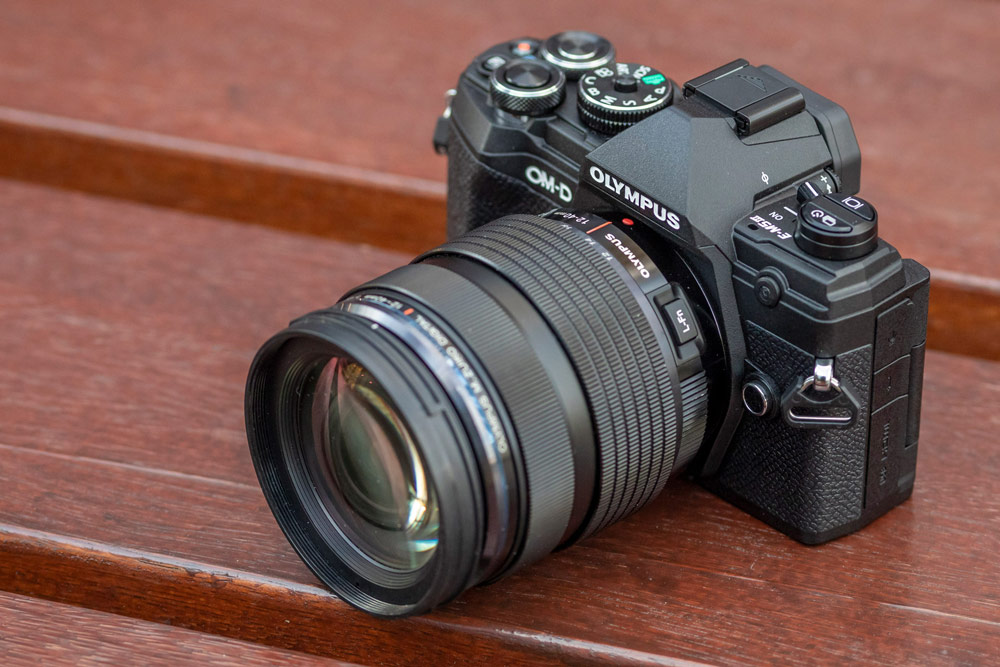
Mirrorless cameras have become the go-to choice for many people, offering the same sensor sizes as DSLRs, which equates to the same (if not better) image quality performance. They also benefit from the latest technological advances, and have reduced bulk and weight. The electronic viewfinder (EVF) on most cameras give a “through the lens” view, too. The majority of camera companies have now committed to developing and releasing new mirrorless cameras and lenses, with the exception of Pentax.
For affordable options, Olympus and Panasonic cameras offer great value, with a range of options, good image quality, and a vast array of lenses, but you’ll also find reasonably priced cameras available from Sony and Fujifilm. Some of the Nikon and Canon options can be quite/very expensive. See our guide to the best mirrorless cameras for a full overview.
Pros: More compact than DSLRs, advanced technology, faster performance, continued development with new cameras and lenses planned
Cons: Newer to the market, some have less lenses available than DSLRs, some can be expensive, many have shorter battery life than DSLRs.
DSLR cameras

The DSLR, or “Digital SLR” gets its name from the traditional film SLR camera. Inherited from the SLR is the “single-lens-reflex” which includes the mirror mechanism (reflex = reflection); this mirror reflects the view through the lens up to the optical viewfinder. This mirror has to move out of the way when you take a photo, adding complexity to the autofocus system. This is why you end up with two different focus systems on DSLRs, with both focusing through the viewfinder and using “Live view” on the LCD screen being options.
As the DSLR was the first “proper” camera introduced when cameras went digital, there is a vast array of options available, so care is needed, particularly when choosing a second-hand model.
The well-known brands available include Canon, Nikon, and Pentax. Pentax are also completely dedicated to DSLRs, but most new Pentax DSLRs are expensive. Canon and Nikon meanwhile still sell plenty of DSLRs, but have made no secret of the fact that they aren’t planning to develop any new ones. See our guide to the best DSLRs for more.
Pros: Some like the optical viewfinder, vast array of lenses available (especially second-hand), the majority have good handling, wide variety of options available, often have the best battery life of all camera types, some may like the larger size of camera.
Cons: Size and weight, may lack advanced new features such as eye-detection AF, it’s unknown how long camera companies such as Nikon and Canon will continue to release new DSLRs and lenses, vast array of options available may be confusing.
What about smartphones?
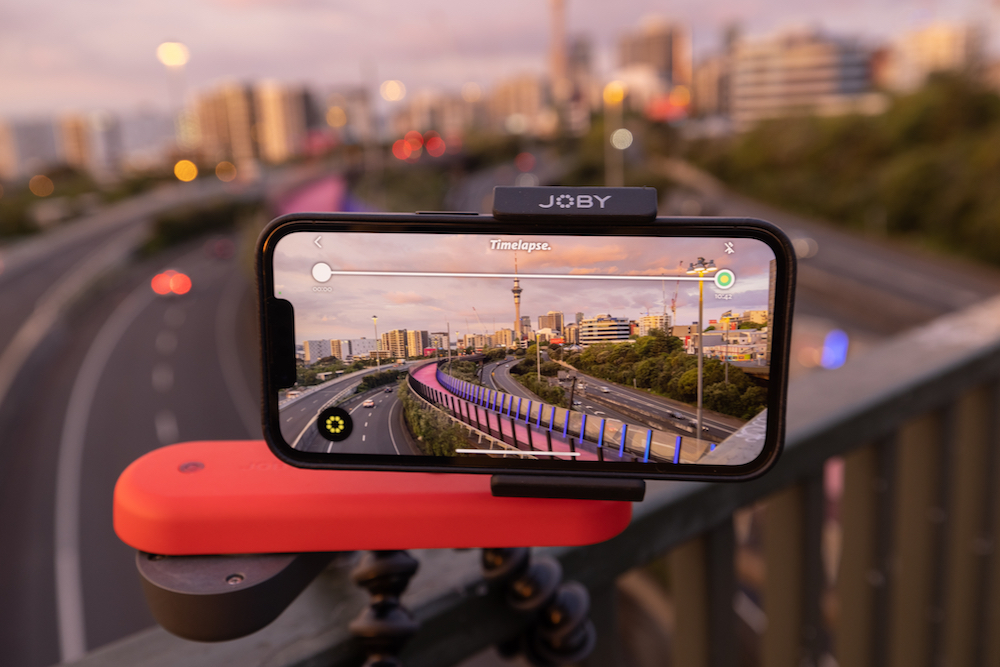
Much like compact cameras, there are some smartphones that offer manual controls, but these can be quite limited, and very few smartphones give control over the aperture setting, as the lens often has a fixed aperture. Instead, most smartphones offer a simulated (or fake) aperture control.
So, whilst you can produce great-looking images and videos with a smartphone, it’s likely that at points you’ll encounter its limitations, depending on which smartphone you’re using.
We’re assuming that, as you’ve navigated your way to this explainer of different camera types, you’re likely in the market for something more sophisticated than the smartphone you already own.
Other types of cameras – to learn more about the other types of cameras, then have a look at our film photography section, or check out medium format options.
What to look for in a camera when it comes to image quality?
If you’re reading reviews of cameras (and phones), then it’s useful to know what makes for good image quality. So, outside of a good subject to photograph, here are some of the technical qualities to look out for when reading reviews, or when assessing your own images:
- Exposure – is the exposure reliable on the camera? Do you need to adjust the exposure compensation to get a good photo? If you’re struggling with exposure, have a look at our guide to exposure.
- Dynamic range – this is a camera’s ability to capture both dark and light parts of an image; does the camera cope well with scenes with lots of contrast or could it have been better? Many smartphones will automatically take HDR images for you.
- Detail – how much detail is captured in images depends on both the sensor resolution (megapixels) and the quality of the lens used, as well as shooting conditions, such as the aperture and shutter speed used.
- Colour – does the camera product good colour? This comes down to how the camera deals with colour, but also how good the white balance system is.
- Focus performance – an amazing camera can be let down by poor focus. For example, a photo will come out blurred because of a lack of focus accuracy or speed regardless of how many megapixels you have.
- Backgrounds and background blur – Not only do you want the main subject to be in focus, but it’s important to see how a camera deals with background blur (called Bokeh). Many larger sensor cameras, generally speaking, do better at background blur than small sensor cameras, which is why smartphones need to add artificial blur.
- Noise performance – noise tends to increase as you raise the ISO speed on the camera (or when the camera increases it automatically), and looks like grains of sand or random dots in an image. Noise reduction will remove noise, but removes detail with it.

We have other beginners guides to photography like how to use a camera, our breakdown of different types of lenses, and how to take better photos through composition.

